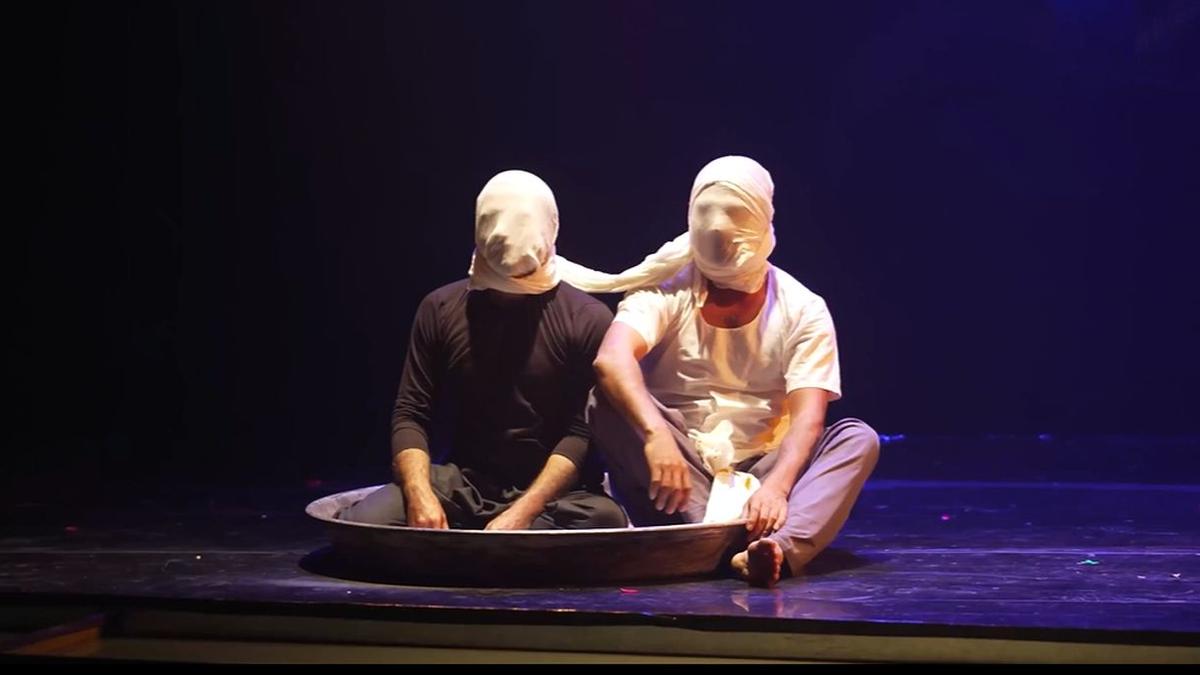
Neelam Mansingh Chowdhry on ‘Hayavadana’: ‘The potential for multiple interpretations’
The Hindu
Neelam Manshingh Chowdhry brings Girish Karnad’s Hayavadana, which will be staged in Bengaluru from May 28 to June 2
Neelam Mansingh Chowdhry has dedicated decades of her life to the stage. The winner of the Sangeet Natak Akademi Award and the Padma Shri for her contribution to theatre, she is known for plays such as Kitchen Katha, The Suit, Yerma, Nagamandala, The Mad Woman of Chaillot and Stree Patra.
An alumni of the National School Of Drama, she trained under Ebrahim Alkazi in the early ‘70s, making her a peer of actors such as Surekha Sikri, Uttara Baokar, Naseeruddin Shah and Om Puri. Neelam, whose heart was conquered by the stage, reigns as one of the most powerful women directors. She comes to Bengaluru with her directorial venture of Girish Karnad’s play, Hayavadana.
Though Hayavadana has been staged in Bengaluru by reputed theatre groups in English, Hindi and Kannada, Neelam says her version of the play presents her perspective. “Hayavadana is a part of Karnataka folklore and I felt it would be a shame not to show my perspective here. I also saw it as a challenge to bring Hayavadana to a place where the story was born, where it took its first breath and where the people are familiar with the text.”
This brought with it a degree of certainty, says Neelam. “I have no stereotypical notions on how Hayavadana needs to be staged and this helped me steer clear of formulaic expectations.”
While Karnad wrote Hayavadana, it was BV Karanth who breathed his soul into it with music. Some of the songs like ‘Gajavadana he Rambha’ and ‘Bandano Banda Savara’, went on to become classics in the history of Kannada theatre. Neelam says her version also features Karanth’s original music with some tweaks by Amod Bhatt.
“Amod worked with Karanth for years and is a repository of Karanth’s original compositions. We have brought in some interjections and used certain instruments which were not a part of Karanth’s original structure.”
Neelam says, local instruments were brought from Punjab. “Most of the musicians are from Chandigarh and Punjab. This is inevitable as art is not a fixed entity. It travels through time, there is a certain migration of the text. That is when it becomes a classic.”

 Run 3 Space | Play Space Running Game
Run 3 Space | Play Space Running Game Traffic Jam 3D | Online Racing Game
Traffic Jam 3D | Online Racing Game Duck Hunt | Play Old Classic Game
Duck Hunt | Play Old Classic Game











